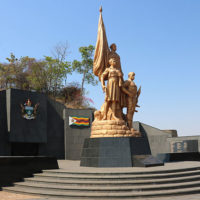Anyone who loves trains, old or new, will, at some point in life, make their way to Bulawayo to visit its famous Railway Museum. So, I’ll make this personal. Because I love trains, that’s why.
In Bulawayo, Zimbabwe for the Sanganai World Tourism meet (2018), armed with an International Media pass (and accredited as well), I made my way to the museum I had heard of and hoped to see someday. (I tell you – Zimbabwe was turning out to be such a surprise that I kicked myself for not coming here before).
Bulawayo is Zimbabwe’s second biggest city and a key location of the country’s rail network. It is a city with wide, tree-lined roads and colonial buildings, museums and delightful cafes – and of course, the railway museum, which is what this post is about.
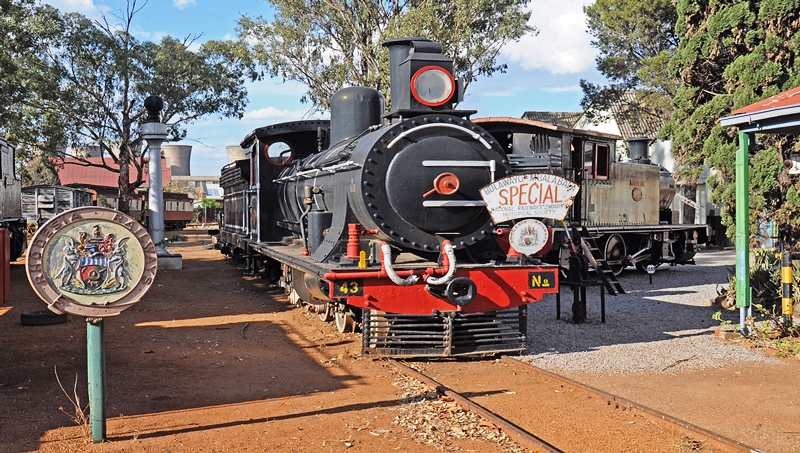
Highlights of the museum
- Cecil Rhodes coach in mint condition
- Jack Tar, the first train to cross Victoria Falls bridge
- Newspapers and photographs from a long time ago
About the museum
The railway museum opened in 1972 and tells the history of railroad infrastructure of the country. The museum displays old steam locomotives, with the oldest dating back to 1897 and some more modern diesel trains. The exhibits include a number of models and information panels, tracing the development of the trains and tracks over more than a century.

As I walked through the museum (formerly a station building) I got the feel of walking back in time – at least as far back as 1930s and 40s. Old vintage phones and signal lamps adorned the walls. My life changed as I crossed the passage and stepped into the yard. This was train-heaven and only an enthusiast can understand what it means to see those lively engines staring at you from somewhere in the past.

I wanted to climb them all, but the guide (unfortunately Gordon the curator was away) pointed me towards the right where stood the very aristocratic personal coach of Cecil Rhodes. What a magnificent coach it was too – pretty much intact from the time Cecil Rhodes (founder of Rhodesia who put Bulawayo on the railway map) rode in it. The guide led me through different sections of the coach – dining area, bedroom and the kitchen. The dining table was in fact laid out with ornate tableware as well.
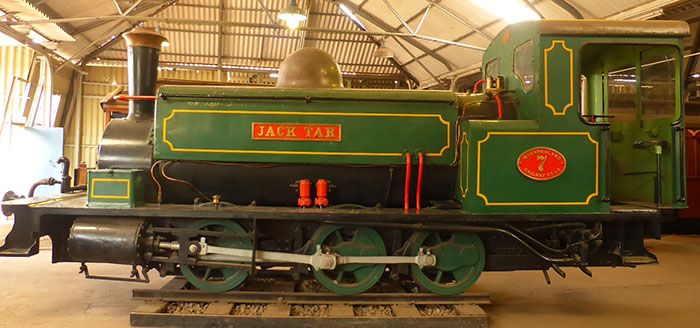
He led me from one exhibit to another explaining the history of the exhibits. This is a museum where the staff is just as passionate about the museum as the builder of it. He explained how the first narrow gauge trains traveled from Beira to Macequece in 1897 (today’s Manica) and how over the years it gave way to standard gauge (1.07m). He particularly stressed the time period when locomotives evolved from wood-burning engines to the Beyer Garett. And yes, you can see both these here.
Out in the open, heavy steam engines and diesel locomotives stood on the tracks…if only they could come back to life!

Highlight: The personal railway coach of Cecil Rhodes, businessman, politician, and founder of the Rhodesia territory. The coach was used to carry his body to his burial site in Matobo in 1902.
Why visit
Whether you are a train enthusiast or not, this museum will fascinate you as it gives you an insight into the colonial history of the country through Bulawayo’s extensive railway network. The railway museum is open on all days (good news enthusiasts), the entry fee is USD 2 and the moment you enter, you know you are going to enjoy feed your childhood desire of riding railway engines.
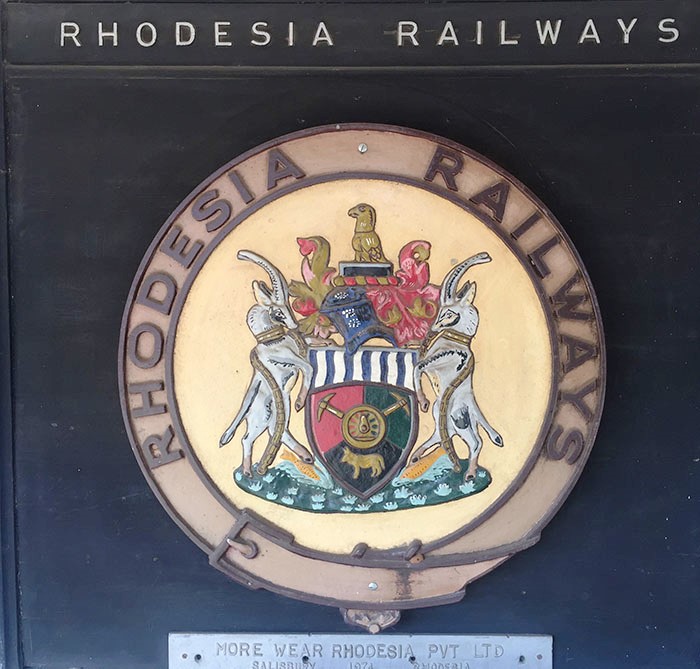

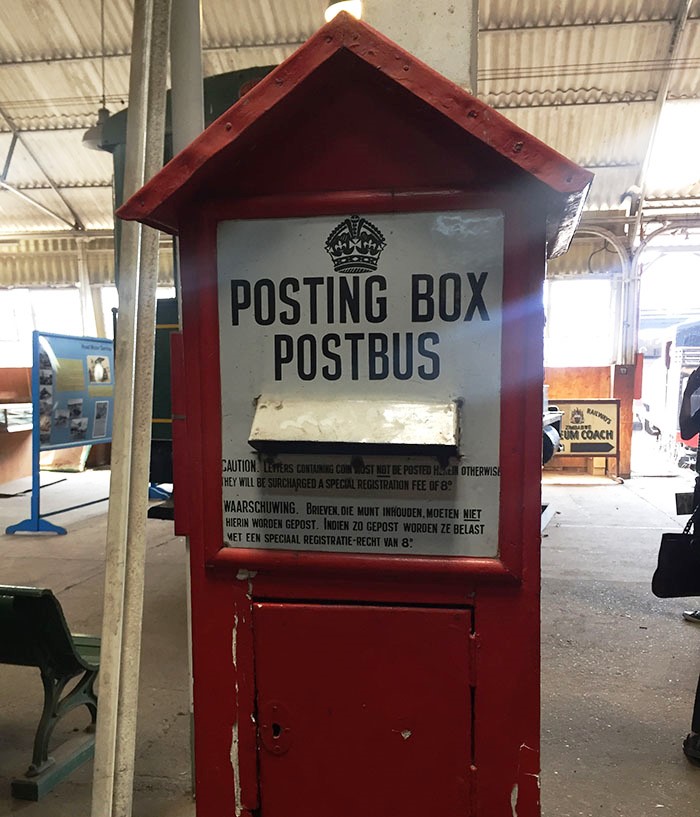
The museum houses a variety of general rolling stock including livestock wagons, passenger wagons, dining cars and locomotives that you can climb onto and a maintenance trolley that you can still operate.
It is a remarkable place alright – one that merits a visit – or two. Plus, it is educational. At the end of the visit, I knew a lot more about the contribution of the railways in the development of Zimbabwe and Southern Africa. Interestingly, on display is also another “train-celeb” Jack Tar, the first train to cross the Victoria Falls Bridge.
I must have spent over two hours here – weaving in and out of any coach or engine that I could clamber into. It was a unique world of 19th-century steam engines, diesel and electric trains and a hand-pump trolley.



How to get there
The museum is behind the NRZ yard and has a very modest sign at the main road announcing its presence. You enter through a building that used to be a small station in the 1930s.



